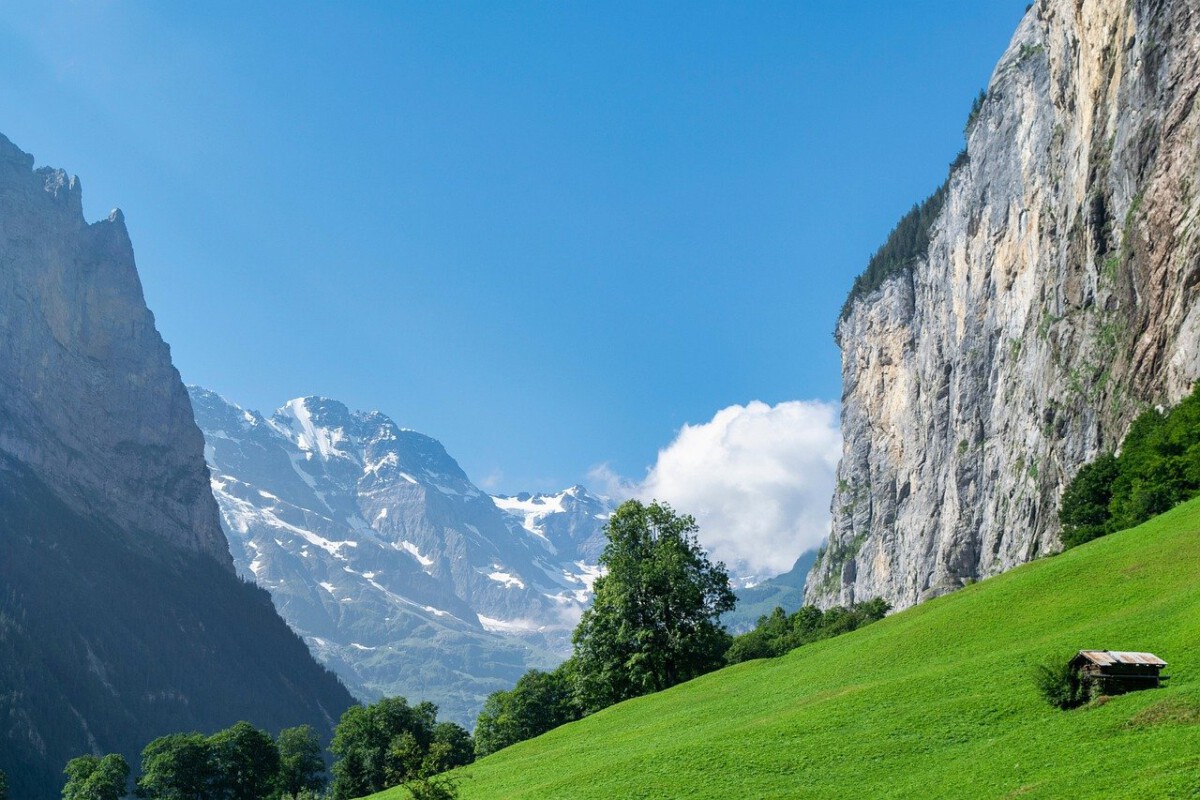1. Historical Significance of AlUla
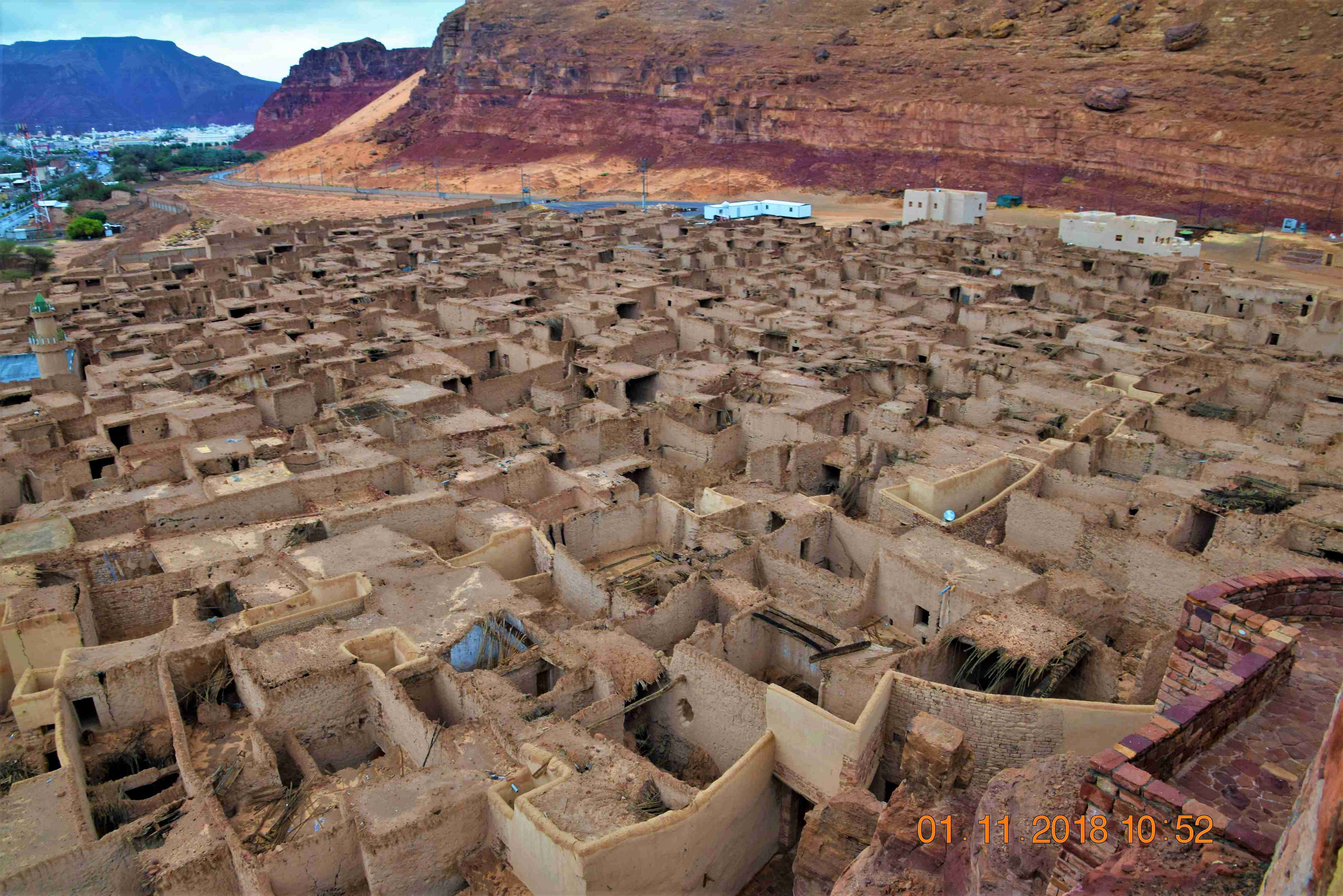
AlUla stands as one of the world’s most extraordinary archaeological sites, hidden amid the dramatic landscapes of northwestern Saudi Arabia. For more than 2,600 years, this ancient city has witnessed the rise and fall of powerful civilizations, with traces of human settlement stretching back to the 6th century BCE. Once a bustling crossroads along the incense trade route, AlUla connected the Arabian Peninsula to the Mediterranean, drawing travelers, traders, and storytellers from distant lands. The city’s importance soared under the Nabateans, whose influence transformed AlUla into a thriving hub for commerce and culture. Today, the UNESCO-listed Madain Saleh showcases over 100 tombs carved into golden sandstone cliffs, bearing silent witness to a lost civilization’s grandeur. Archaeologists continue to unearth tools, pottery, and inscriptions that reveal tantalizing glimpses into daily life, faith, and art from centuries past. Modern-day AlUla honors its legacy through museums, exhibitions, and preservation efforts, keeping history vibrantly alive for visitors. Each new discovery in the sand deepens the city’s significance, making AlUla a living chronicle of human ingenuity and resilience.
2. The Rock Formations of AlUla
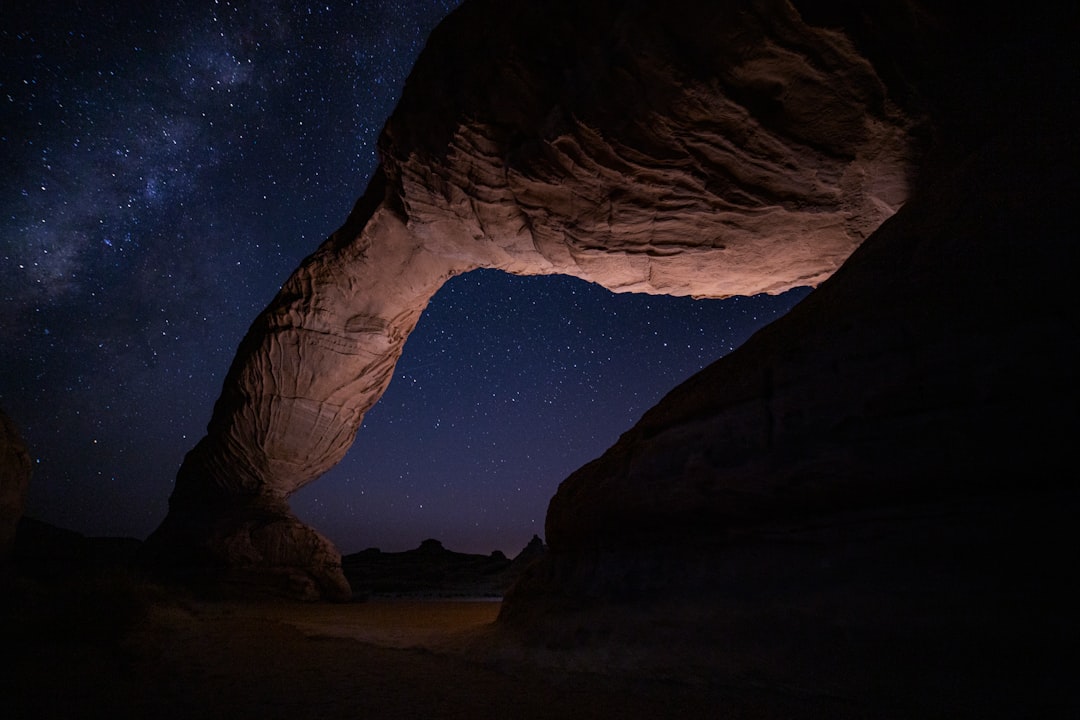
Nature’s sculptors have worked tirelessly in AlUla, giving rise to a landscape that seems plucked from a dream. The region’s sandstone cliffs and canyons, shaped by wind and water over millions of years, create a natural gallery of surreal beauty. Towering rock formations like Elephant Rock, with its unmistakable trunk and massive body, stand as icons of the area and attract visitors from across the globe. These geological marvels not only captivate the eye but also hold secrets about the planet’s ancient climate, as scientists study their layers to decode shifts in weather and environment. Guided tours invite explorers to wander through labyrinthine valleys, climb dramatic plateaus, and marvel at the interplay of sunlight and shadow, especially during golden sunsets. The rocks themselves are canvases for ancient petroglyphs, where early inhabitants etched stories and symbols, leaving behind messages for future generations. Photographers and adventurers find endless inspiration here, often describing the experience as otherworldly. Every curve and crevice of AlUla’s rocks adds a new chapter to the ongoing story of the land, blending natural wonder with human history.
3. The Nabatean Heritage

The Nabateans, a mysterious and ingenious people, deeply shaped the identity and destiny of AlUla. Renowned for their rock-carving skills, they transformed the landscape with elaborate tombs, temples, and dwellings, especially evident at Madain Saleh, which contains the largest conserved Nabatean settlement south of Petra. Their legacy is not confined to architecture; the Nabateans mastered desert survival through complex water management systems, including cisterns and channels that captured and stored precious rainwater. Archaeological digs in 2024 revealed advanced pottery techniques and intricate jewelry, suggesting a society that valued both artistry and practicality. Trade was at the heart of Nabatean prosperity, with AlUla serving as a gateway for goods like frankincense, spices, and silk, linking Arabia with Africa and Europe. Many local customs, crafts, and even some dialects still echo Nabatean influences, connecting past and present in subtle ways. Festivals and cultural programs in AlUla celebrate this heritage, offering music, storytelling, and reenactments that bring ancient traditions to life. The enduring spirit of the Nabateans continues to inspire pride and curiosity among residents and visitors alike.
4. The AlUla Arts Festival

AlUla’s creative spirit bursts into full bloom during the annual AlUla Arts Festival, which has quickly become a highlight on the global cultural calendar. First launched just a few years ago, the festival now attracts tens of thousands, with the 2024 edition drawing over 50,000 visitors eager to witness art amid ancient landscapes. The event transforms the city into a lively canvas, featuring cutting-edge installations, interactive performances, immersive workshops, and open-air galleries set against the breathtaking backdrop of sandstone cliffs. Artists from around the world and local visionaries come together, blending modern creativity with the echoes of history. The festival also serves as a platform for emerging Saudi talent, supporting young artists and giving them opportunities to collaborate and shine. By weaving contemporary art into the very fabric of AlUla, the festival creates an unexpected fusion—where the old and the new are in constant, electrifying conversation. Community engagement is at the heart of the event, with residents participating in workshops and visitors invited to contribute to collaborative pieces. The AlUla Arts Festival stands as proof that creativity knows no boundaries, not even those set by time.
5. Sustainable Tourism Initiatives
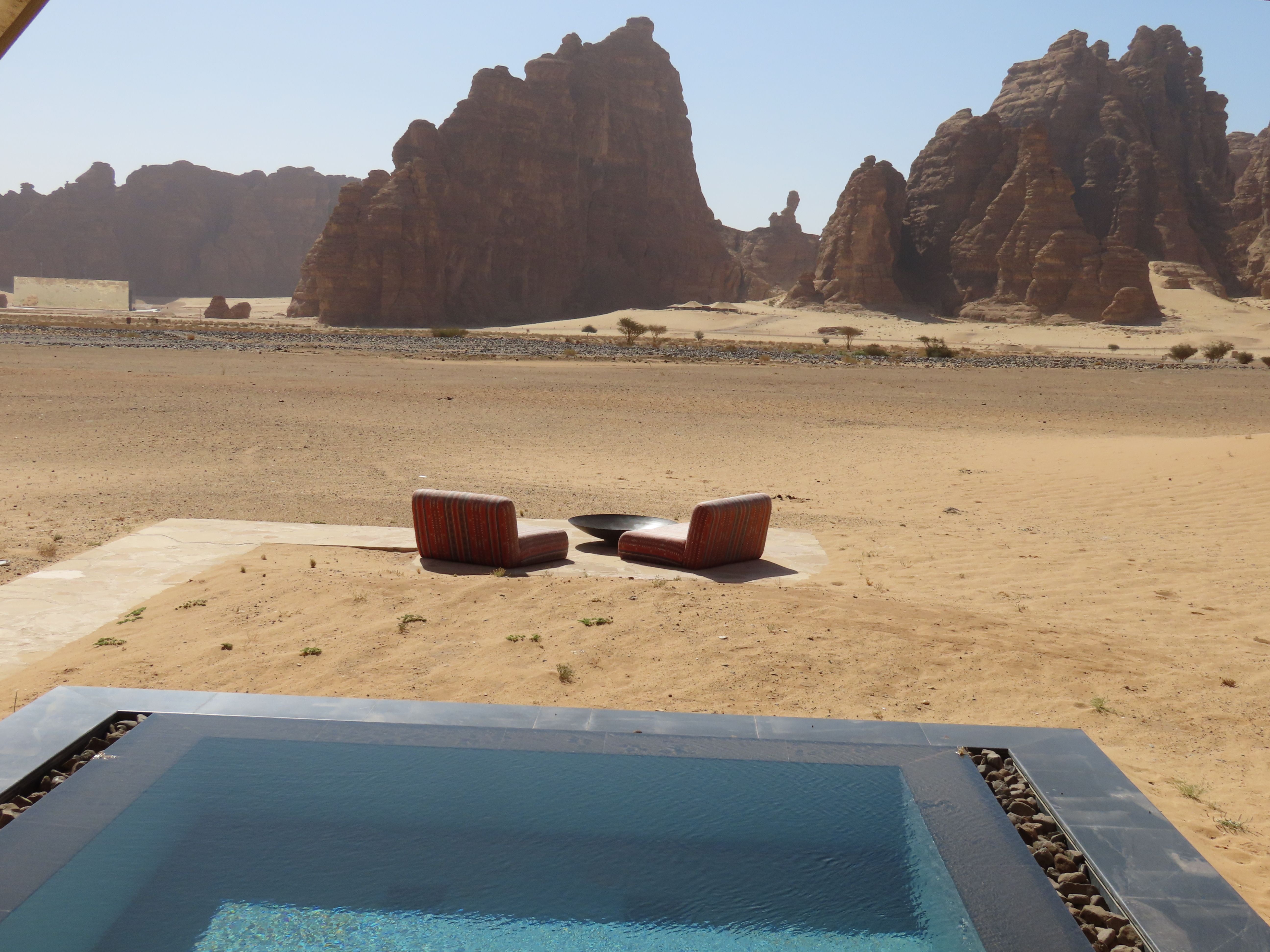
Preserving AlUla’s fragile beauty is a top priority, and the city has emerged as a leader in sustainable tourism on the world stage. The Royal Commission for AlUla has rolled out ambitious projects to balance visitor growth with environmental stewardship, earning international recognition from the Global Sustainable Tourism Council in 2023. Visitor numbers to sensitive sites are carefully managed, and eco-friendly transport options—like solar-powered shuttles—are now the norm. New hotels and lodges are built with sustainability in mind, using local materials, energy-efficient designs, and minimal water consumption. Local communities are deeply involved in tourism planning, ensuring that economic benefits are shared and traditions respected. Tourists receive guidance on responsible practices, from reducing plastic waste to supporting conservation efforts and respecting cultural sites. Education programs for both locals and travelers stress the importance of preserving AlUla’s unique ecosystem, including its rare plants and wildlife. Every aspect of tourism is designed to protect the land for future generations, making AlUla a model for heritage destinations worldwide.
6. The Ancient Oasis of AlUla
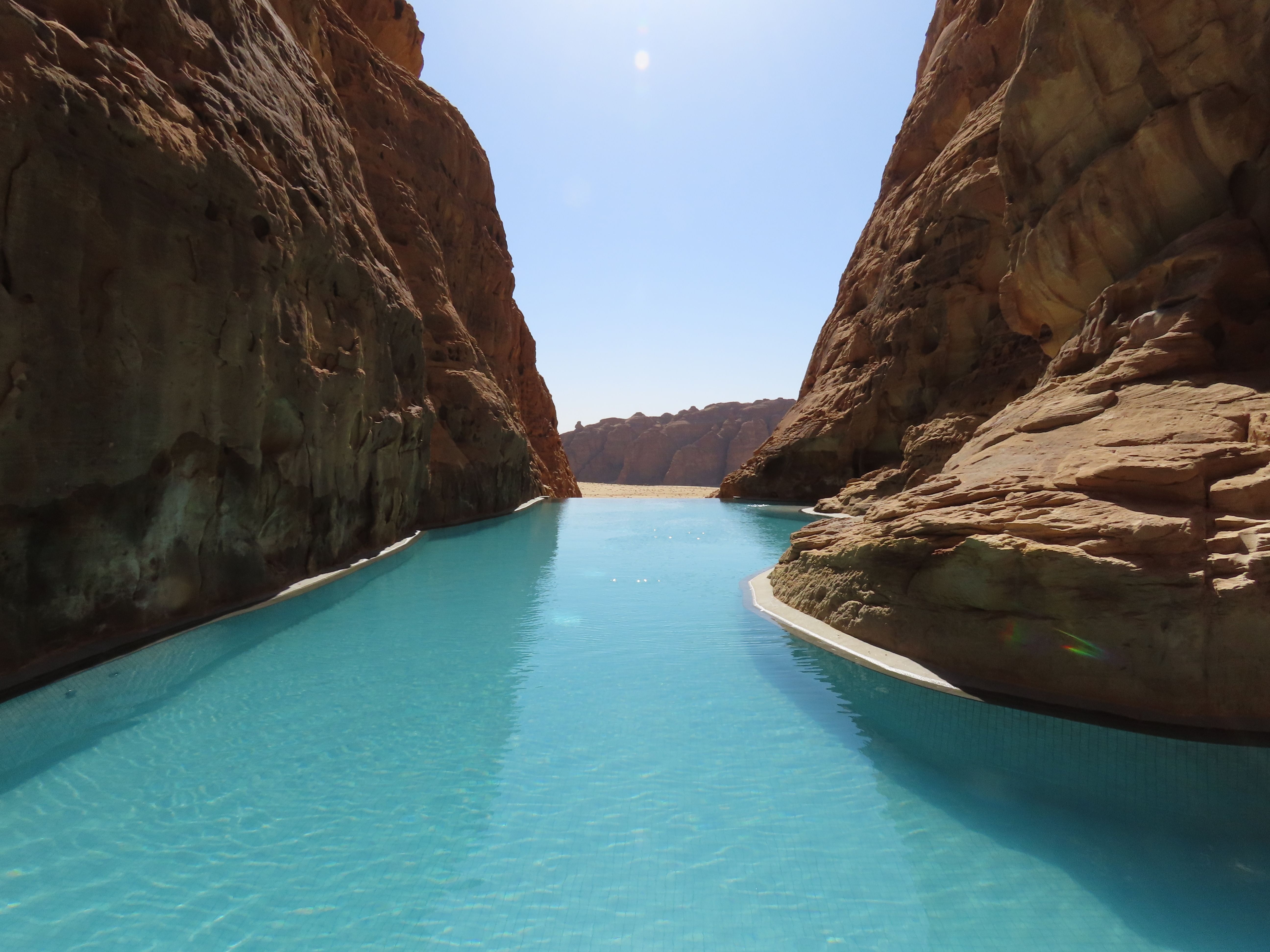
AlUla’s green heart pulses in its ancient oasis, a lush expanse that has sustained life in the desert for centuries. Natural springs feed the oasis, allowing date palms, citrus groves, and fragrant herbs to flourish in stark contrast to the surrounding arid sands. For generations, farmers have relied on traditional irrigation methods—many inherited from Nabatean times—to nurture their crops and nourish their families. The oasis remains an essential source of fresh produce, with dates from AlUla gaining a reputation for their exceptional quality and sweetness. Guided tours through the oasis reveal not just the agricultural abundance but also the delicate balance needed to maintain such a vibrant ecosystem in a harsh climate. Conservation efforts focus on restoring ancient channels, planting native species, and promoting sustainable farming that respects both the land and local traditions. The oasis is more than a source of food; it is a symbol of resilience, adaptation, and harmony between people and nature. Visitors are often moved by the sight of green life thriving where it seems impossible, a living miracle in the desert.
7. Future Developments in AlUla
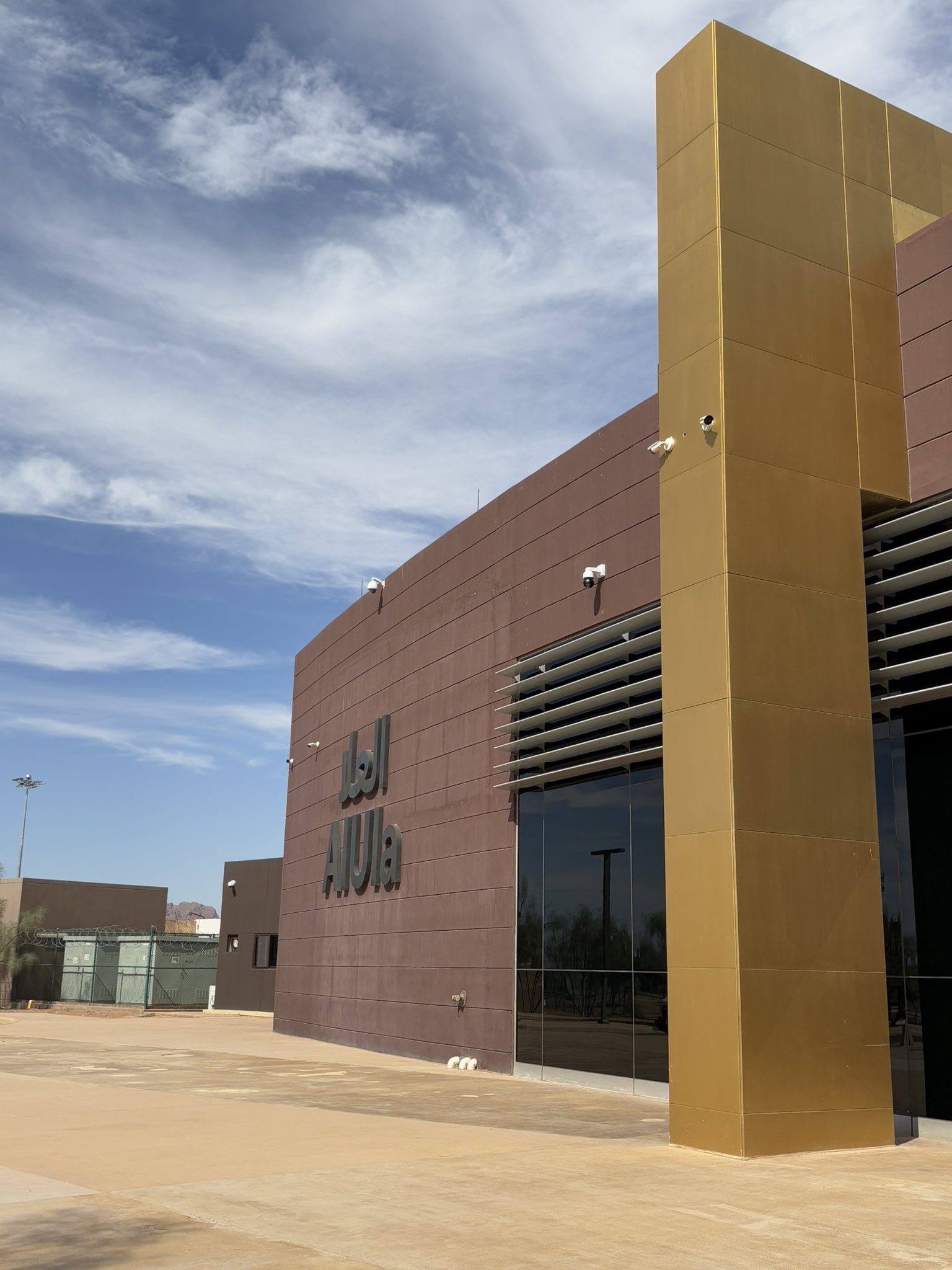
AlUla’s story is far from finished, as the city looks to the future with bold plans and visionary projects. The Royal Commission for AlUla is heavily investing in infrastructure upgrades, from new roads and airports to modern visitor centers designed to blend seamlessly with the landscape. Upcoming luxury resorts and boutique hotels are set to welcome travelers seeking comfort without compromising the environment, with several set to open by late 2025. Plans for state-of-the-art museums and interactive heritage centers will allow visitors to immerse themselves in the city’s layered history and vibrant culture. Major international events, including art biennales and scientific conferences, are scheduled for the coming years, positioning AlUla as a global destination for culture, learning, and innovation. Preservation remains at the forefront, as ongoing archaeological work ensures that new discoveries are protected even as more tourists arrive. Community development projects offer training and new opportunities for local residents, weaving economic growth into the fabric of tradition. AlUla stands poised on the edge of a new era, rising from the sand with a promise to honor its past while embracing the future.





